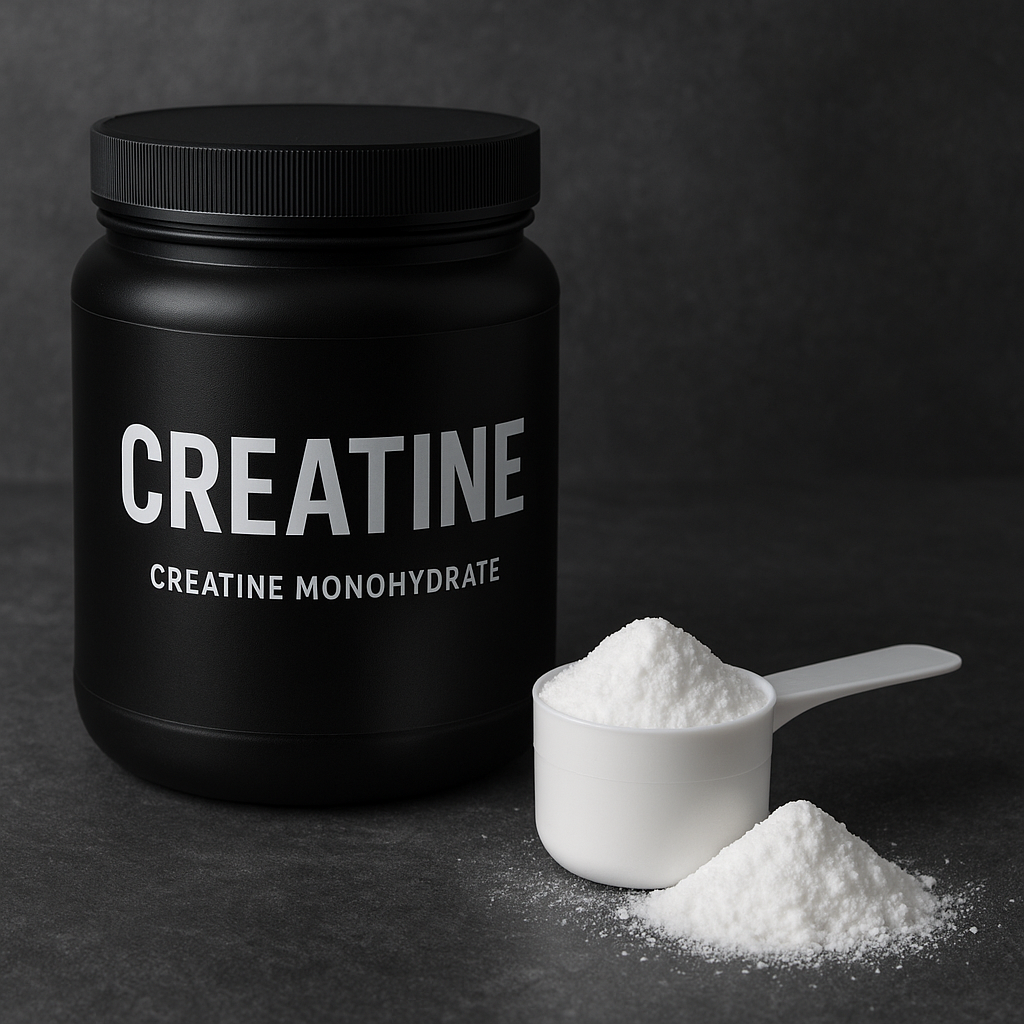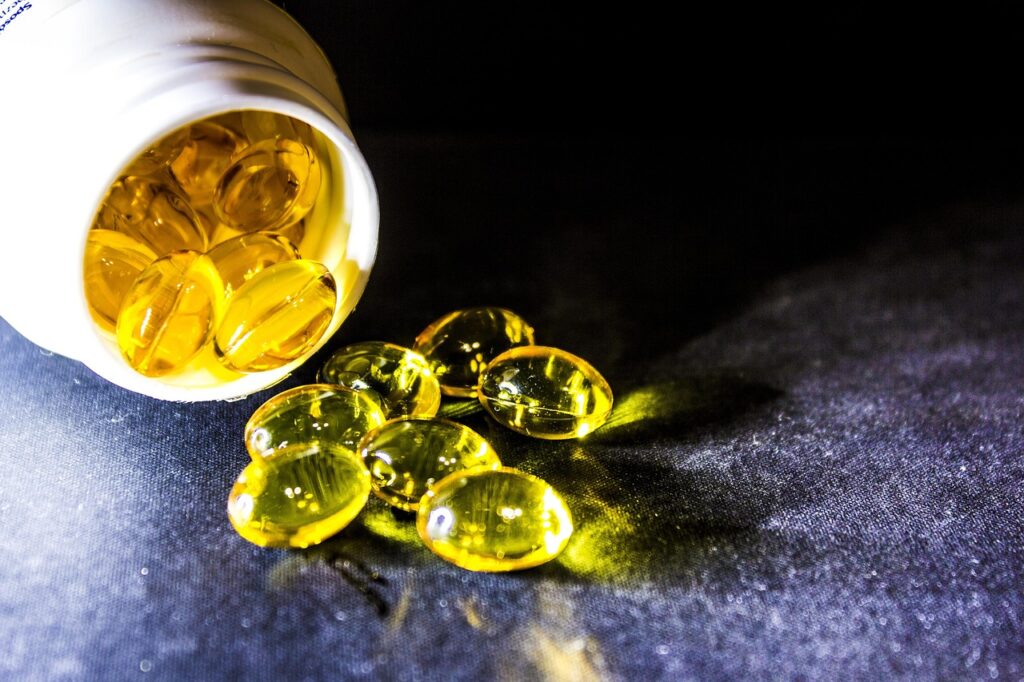If you’ve spent time in fitness circles, you’ve likely encountered misconceptions around creatine, with some even mistakenly labeling it as a steroid. This confusion often arises from misunderstandings about what creatine actually is and how it functions. Clearing up this myth is crucial for anyone considering supplementation.
What Exactly Is Creatine?
Creatine is a naturally occurring molecule found primarily in muscle cells, playing a key role in energy production during high-intensity exercise. It is naturally synthesized in the liver, kidneys, and pancreas and can be consumed in food sources such as red meat and fish.
- Natural Occurrence: Creatine is naturally produced by the body (~1-2 grams daily).
- Dietary Sources: Red meat, fish, and poultry contain creatine in varying amounts.
A review by Kreider et al. (2017) published in the Journal of the International Society of Sports Nutrition explains that creatine supplementation simply increases the available reserves of creatine in muscles, supporting enhanced performance and recovery.
Creatine vs. Steroids: Understanding the Difference
It’s critical to distinguish creatine from anabolic steroids clearly:
- Creatine: Natural molecule, non-hormonal, enhances energy availability, completely legal and widely researched.
- Anabolic Steroids: Synthetic substances mimicking testosterone, hormonally active, carry significant legal and health risks.
Creatine functions by increasing ATP (adenosine triphosphate), the energy currency of the cell, aiding short-term, high-intensity exercise.
Scientific Evidence on Safety and Effectiveness
The International Society of Sports Nutrition (ISSN) officially recognizes creatine as safe, effective, and beneficial for enhancing athletic performance, muscle strength, and recovery (Kreider et al., 2017).
Additional studies reinforce the safety and efficacy of creatine supplementation:
- Rawson & Venezia (2011) highlighted creatine’s safety profile in elderly populations and its positive impact on muscle function.
- Buford et al. (2007) demonstrated significant muscular strength gains in individuals using creatine supplementation.
- Cooper et al. (2012) provided evidence that creatine supplementation effectively supports muscle growth and recovery.
- Chilibeck et al. (2017) showed creatine’s positive effects on strength and muscle mass in older adults, further supporting its safe use across age groups.
Who Uses Creatine, and Why?
Creatine is widely used by:
- Athletes: For improved performance, strength, and recovery.
- General fitness enthusiasts: To support training effectiveness, muscle growth, and recovery.
Its scientifically backed benefits include:
- Increased strength and power.
- Enhanced muscular endurance.
- Faster muscle recovery after intense exercise.
Safety, Legality, and Recommended Dosage
Creatine supplementation is:
- Legal and approved: Universally permitted by sports organizations.
- Safe: Extensive research supports creatine’s safety profile for healthy individuals.
Recommended dosages typically follow:
- Loading phase (optional): 20g per day for 5-7 days.
- Maintenance phase: 3-5g daily consistently.
Myth vs. Fact Quick Summary
- Myth: Creatine is a steroid or unnatural substance.
- Fact: Creatine is a natural substance produced by the body and found in common dietary sources.
- Myth: Creatine is unsafe or harmful.
- Fact: Creatine is considered safe for most healthy individuals when taken as recommended.
Quick FAQ
Is creatine a steroid?
No, creatine is not a steroid. It is a natural, non-hormonal molecule.
Is creatine natural or synthetic?
Creatine is natural, synthesized by your body, and found in dietary sources like meat and fish.
Is creatine safe for beginners?
Yes, creatine is safe and beneficial for beginners when used appropriately.
Conclusion
Creatine is not a steroid or an unnatural substance. It’s a safe, well-researched supplement with proven benefits for athletes and fitness enthusiasts alike.
References:
- Kreider, R. B., Kalman, D. S., Antonio, J., et al. (2017). International Society of Sports Nutrition position stand: safety and efficacy of creatine supplementation in exercise, sport, and medicine. Journal of the International Society of Sports Nutrition, 14, 18.
- Rawson, E. S., & Venezia, A. C. (2011). Use of creatine in the elderly and evidence for effects on cognitive function in young and old. Amino Acids, 40(5), 1349–1362.
- Buford, T. W., Kreider, R. B., Stout, J. R., et al. (2007). International Society of Sports Nutrition position stand: creatine supplementation and exercise. Journal of the International Society of Sports Nutrition, 4(1), 6.
- Cooper, R., Naclerio, F., Allgrove, J., & Jimenez, A. (2012). Creatine supplementation with specific view to exercise/sports performance: an update. Journal of the International Society of Sports Nutrition, 9(1), 33.
- Chilibeck, P. D., Kaviani, M., Candow, D. G., & Zello, G. A. (2017). Effect of creatine supplementation during resistance training on lean tissue mass and muscular strength in older adults: a meta-analysis. American Journal of Lifestyle Medicine, 11(1), 30–41.


